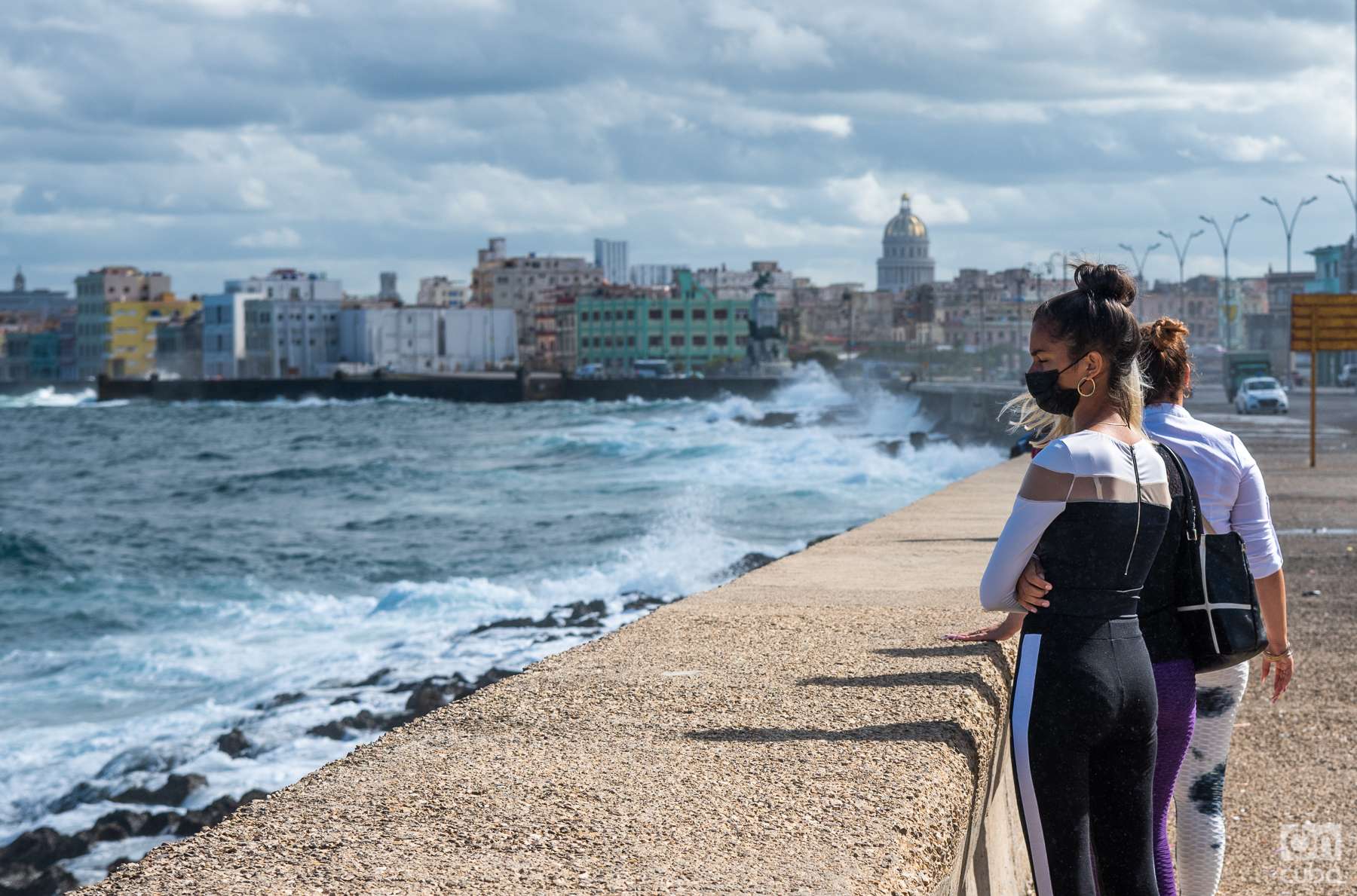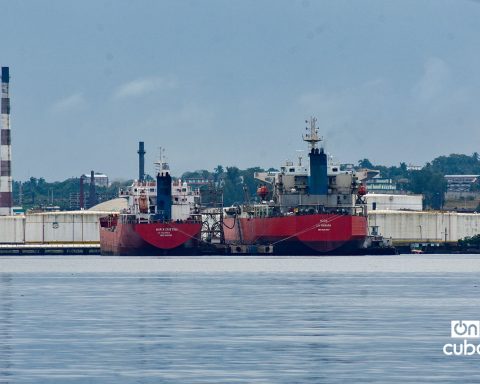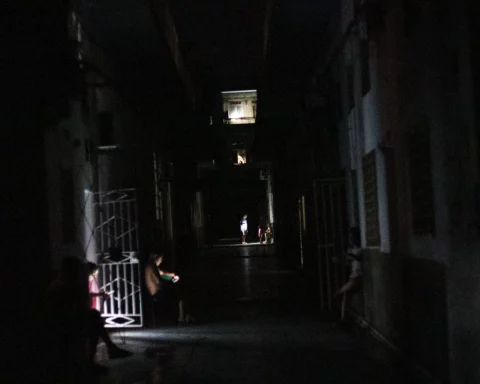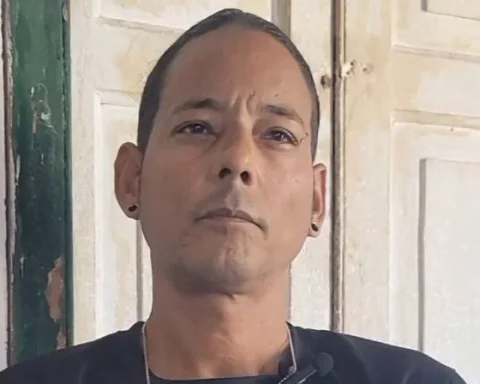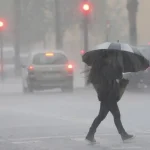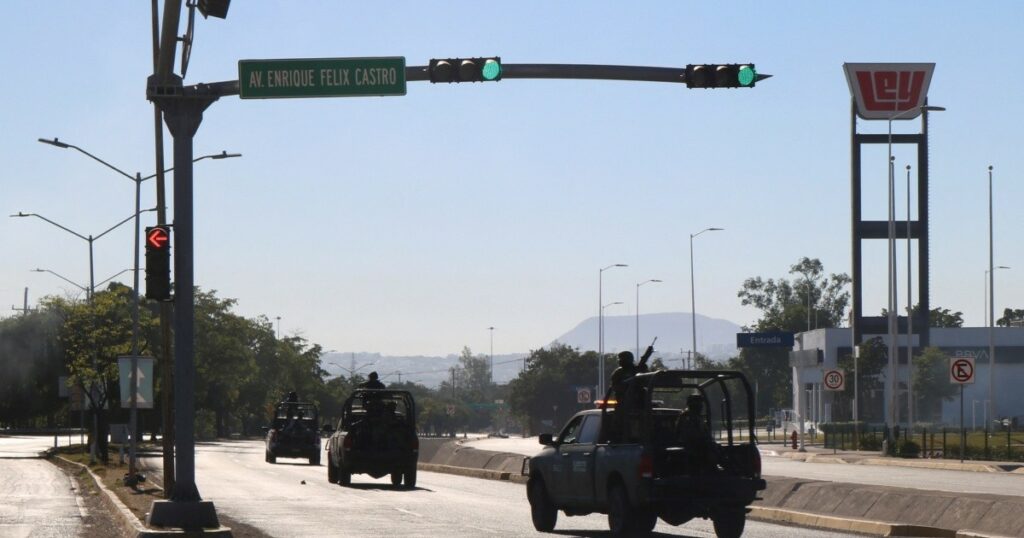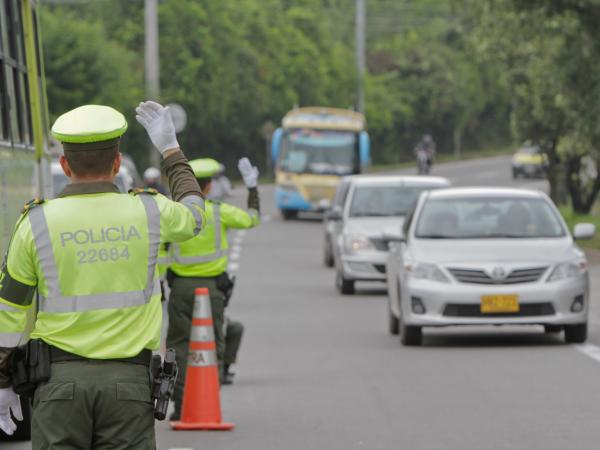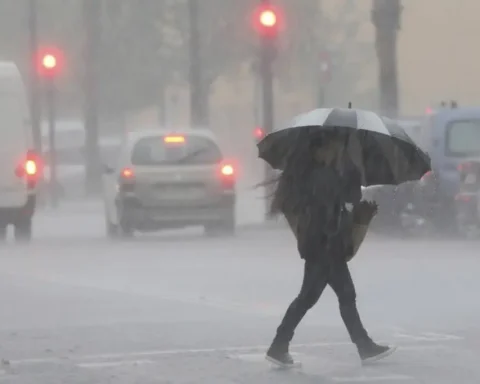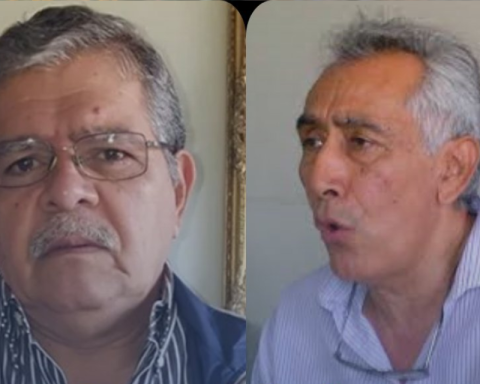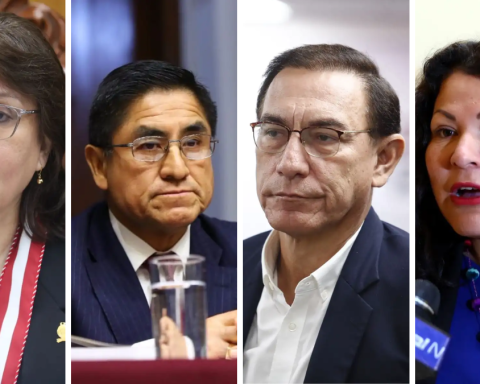The year 2023 passes through its first week, and after the inertia of the celebrations, the transitory anesthesia due to the festivities, the holidays and the family gatherings, Cubans resume their daily lives with the same hopes and uncertainties, difficulties and challenges with which they They got laid off last year.
After a “very hard” 2022 —considered the island’s own authorities—, with a sustained economic crisis, accentuated shortages, skyrocketing inflation, scheduled and also unforeseen blackouts, migratory stampede, accidents, explosions and a major hurricane, many questions gravitate in the daily life of Cuba and its people.
Could 2023 be a better period than the harrowing year what left? Will the Cuban economy get out of the rut? Will the implemented reforms take off or will the government resort to new measures to try to alleviate deficiencies and counteract emigration? Will the “change of mentality” recommended by the letter of the year to develop “new socioeconomic perspectives”?
Of course, many other questions and concerns remain in the pipeline. From urban transport and the everlasting queues, to the World Baseball Classic and the echoes that the war in Ukraine conflict leaves in global stability; all of this continues to fuel concerns and debates throughout the island. And, apparently, it will continue to do so in the coming months.
From this vast arsenal, we have selected five questions for the coming year, not with the intention of making predictions in the style of augurs or clairvoyants, but to draw attention to the issues they address and take a look at the context in which they are formulated. , looking for clues to their possible answers. The final one, we already know, will only be known with the final passage of time.
1. How far will prices go?
More than the value of GDP or other macroeconomic statistics, Cubans are very concerned about the prices they have to pay day after day for food, medicine and other products and services. Not so much in the warehouses, pharmacies and other state establishments in Cuban pesos (CUP), but, above all, “on the street”, in the markets in MLC, in agricultural and supply and demand carts, in bakeries and butcher shops individuals, in private cafeterias and restaurants, in the vigorous and inclement black market, which continues to rise, feeds on scarcity and feeds corruption.
According to official estimatesfrom January to October 2022 the average price of the basket of goods and services grew by almost 29% on the island, while from October 2021 to 2022 inflation increased by around 40%.
In the pocket and the table of the people, however, these numbers do not reach to delineate the real magnitude of the drama. “On the street” a pound of pork exceeded 400 CUP, a kilogram of powdered milk reached 1,500 CUP and a carton of 30 eggs exceeded them. And this, not to mention the price of an antibiotic or a pair of shoes.
Faced with this shocking reality, which increasingly shrinks real wages and widens the gap between “those who can” and “those who cannot” -do not forget that the minimum salary in Cuba it is 2,100 CUP and the minimum pension is 1,528 CUP—, and given the country’s insufficient production scenario and the lack of foreign currency recognized by the government, the question that many ask is not whether prices will continue to rise, but rather how far they will

The fact that the economy can show signs of recovery, that agriculture is shaken from its lethargy, and that the CUP does not depreciate further against the dollar and its “plastic” variant, the MLC, would help to make the escalation of prices less steep.
2. Will the endless days of blackouts return?
In the last two years, Cubans have suffered the almost constant scourge of blackouts. The systematic breakdowns and stoppages for maintenance of generating units, the obsolescence and overexploitation of the plants, the lack of financing for the necessary spare parts, difficulties with fuel and even fires and accidents, did not give respite to the weak national electrical system.
The deficit in generation capacity predominated. The persistent blackouts that characterized the summer and more, led to pot-banging and popular protests, after exasperating periods of more than 10 and 15 hours without electricity.

With those dark memories still on the surface, and despite the plans and the optimistic statements of the authorities, it is logical that many on the island wonder if the improvement experienced in recent weeks —in which the Unión Eléctrica (UNE) did not forecast a generation deficit or only a minimal one during peak hours— is not really a mirage, sheltered by the decrease in consumption on the less hot winter days. A house of cards that could collapse as soon as the heat begins to worsen and the breakdowns in the largest thermoelectric plants continue.
At the moment, the Cuban Minister of Energy and Mines, Vicente de la O, recently alerted about possible blackouts due to “major maintenance” in generating plants in the first four months of the year, as part of a strategy for next summer, which also includes the entry of new generation capacities.
Although De la O assured that the effects will be “nothing compared” to those of months ago, many cross their fingers so that, while this maintenance is carried out, no other plant breaks down and the official forecasts do not go down the drain. And so that, certainly, Cuba can have a brighter year.
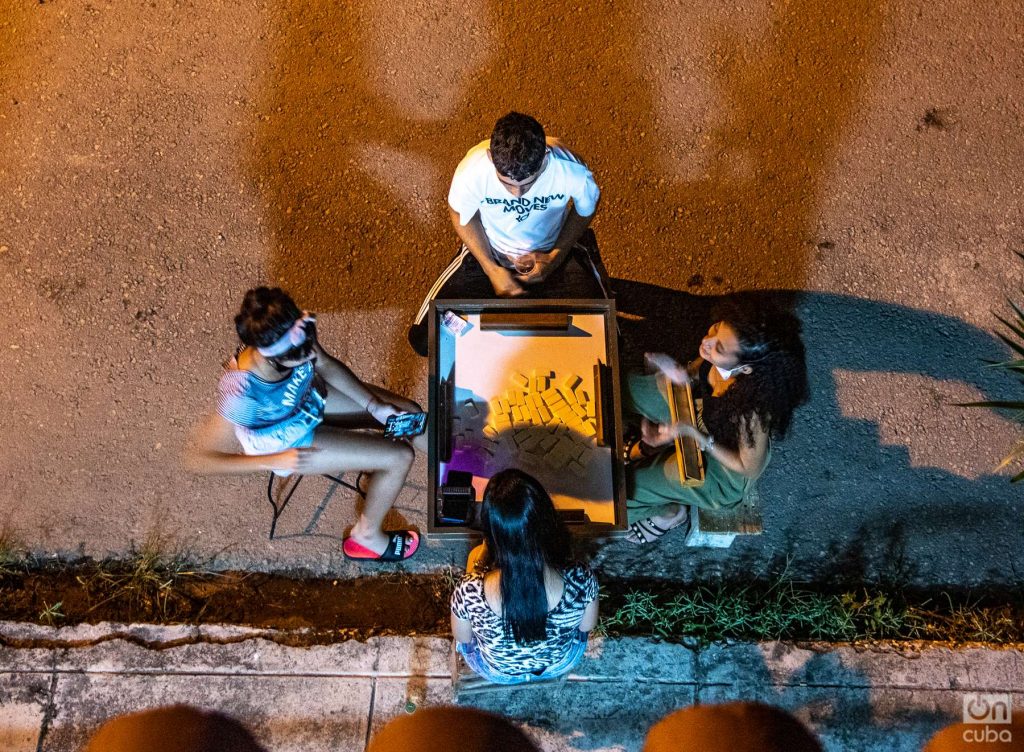
3. Will tourism in Cuba be able to take off in 2023?
In 2019, before the coronavirus pandemic was declared, Cuba received just under 4.3 million tourists. In the two previous years, the figure was around 4.7 million (2018) and 4.6 million (2017). However, SARS-CoV-2 turned the world upside down and caused a notable contraction in the tourism sector, which almost completely closed the tap on one of the most important sources of foreign exchange on the island. in 2021 Only 356,000 international visitors arrived and 416 million dollars were collected in associated income, far from the more than 2.6 billion in 2019.
Last year, with the improvement of the health situation in the country and the razor on the neck due to the economic crisis, the Cuban authorities opted for a reactivation of tourist activity that would serve to alleviate the dwindling state coffers.
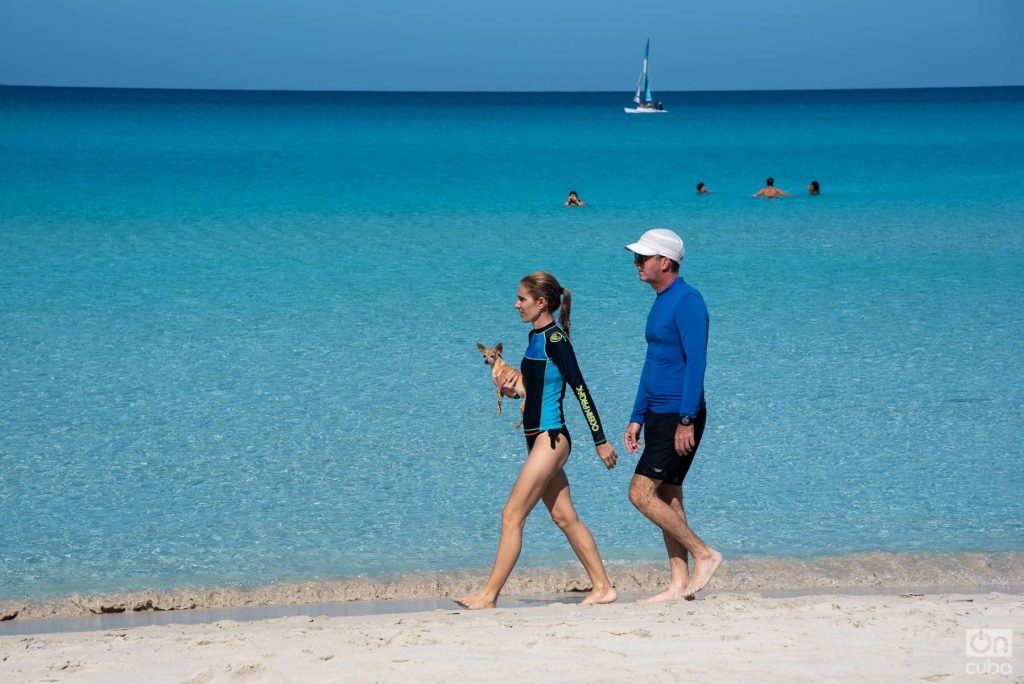
But unlike what happened in other destinations in the region, such as Mexico and the Dominican Republic, arrivals were below expectations and already in October the government lowered the initial forecast of tourists from 2.5 million to 1.7 million, while the final number of visitors and income collected has not yet been reported.
Tourism revenues remain vital to both the state economy and the emerging private sector. In the older years boom tourism, around the “thaw” with the US during the government of Barack Obama, rental houses, private restaurants and other businesses and figures associated with this activity multiplied; activities that have not yet been able to recover.
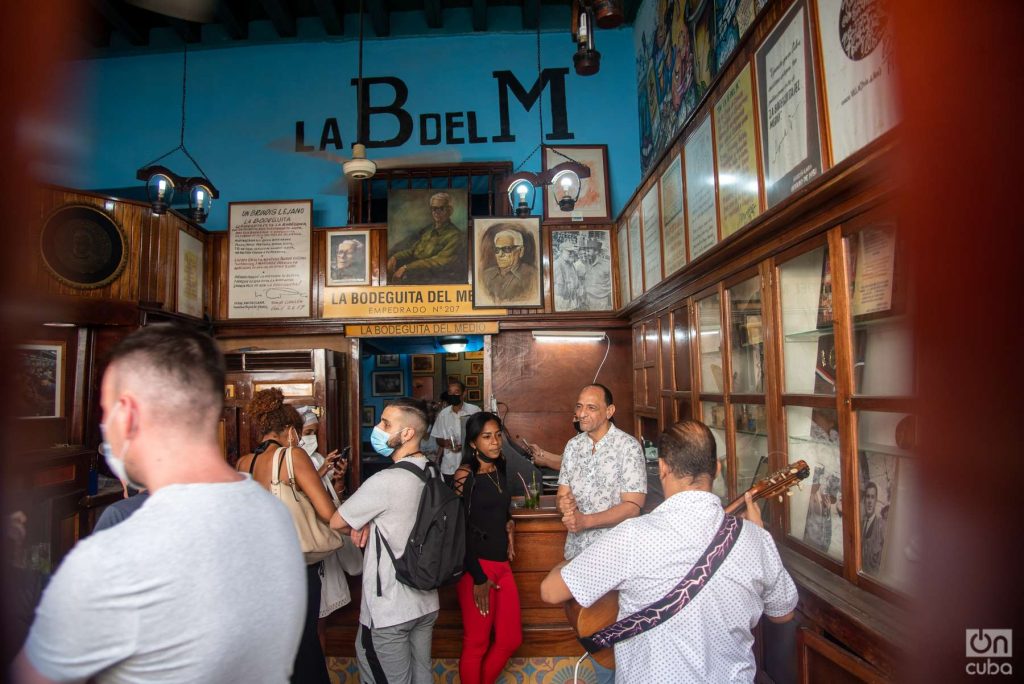
In the midst of the crisis, the government insisted on a policy of investment in hotel capacity that has left many baffled and has earned criticism since post-Covid-19 visitor numbers are growing very slowly. The authorities project for 2023 3.5 million tourists in Cuba.
4. More brakes or more freedoms for the private sector?
Although Cuban legislation protects them and the discourse of officials presents it as an irreversible part of the Cuban economic model, the private sector it continues to be the object of stigma and hatred, of obstacles and contradictory signals. From the revival of “self-employment” in 2010 to the delayed approval of the micro, small and medium enterprises (MSMEs) and other non-state actors, this sector has gone through a roller coaster of openings and brakes, of impulses and restrictions, which have attempted against its greatest contribution and progress.
The most recent has been the elimination of tax incentives for new MSMEs from 2023, whichin expert opinion“constitutes a barrier to the creation of new companies of this type” and “generates uncertainty for those that are created and operating”.
The measure, according to Dr. Juan Triana, a columnist for OnCuba on economic issues, it will have a negative impact on employment dynamics and future new tax revenue, while it is inconsistent with the need to increase supply in the country, and “damages the business environment and the confidence of new players ”.
The question that many ask themselves is whether this contradictory dynamic will have other dark echoes this year, and will cut off the inspiration of those who bet on promoting their own businesses and contributing with them to the family economy and the country, or if, on the contrary, it will will open new doors and opportunities for the private sector.
5. Will the migratory tsunami stop?
More than a wave, Cuba has been going through a migratory tsunami since 2021. The numbers speak for themselves. The US border authorities registered the arrival of more than 220,000 Cubans in that country between October of that year and September 2022. And thousands more have done so in recent months.
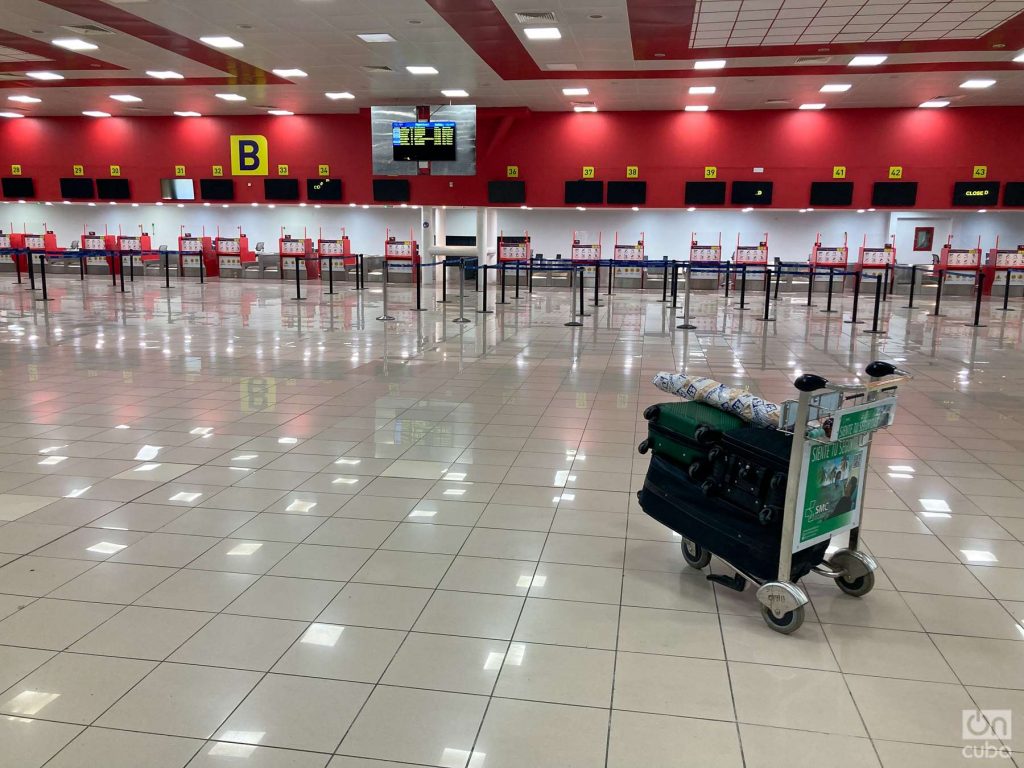
Meanwhile, the Coast Guard intercepted 6,182 island rafters the previous fiscal year, and so far this year, since last October, they are already more than four thousand. To them should be added those who left for other destinations, those who are still en route and those who sadly lost their lives on the journey.
There is practically no family or Cuban neighborhood that has not seen one or more of their own depart, that does not suffer the pain of these absences and the fear for those who are on their way right now. The stampede has been fueled by the economic, social and political deterioration in Cuba; the lack of hope that recovery will come in a tolerable time. At the time, the privileges that Cuban migrants have traditionally had to stay in the US, facilitates the migratory decision. For Cuba, the exodus has a high cost and we don’t have to wait to see it. With each of their children a fragment of the country has left: young talent, qualified and enterprising people, scientists, artists and athletes, workers trained in the most diverse trades, fathers, mothers, sons, daughters who will be missing from their homes. All this while the demographic panorama is tightening even more and the aging population in the country is accentuated.

It will be necessary to see, then, if in the next twelve months this trend could be stopped in some way.
If the island’s economy manages to shake off its burdens and improve the daily lives of Cubans. If external sanctions and internal obstacles give a break to the desperate daily life of the nation. If the reopening of the US consular activity in Havana and the return of migration talks between the two governments opens new perspectives for orderly and safe migration. If the systematic returns of rafters and the new policy announced yesterday by the Biden Administration for irregular Cuban migrants manages to stop the bleeding. Will have to see.
